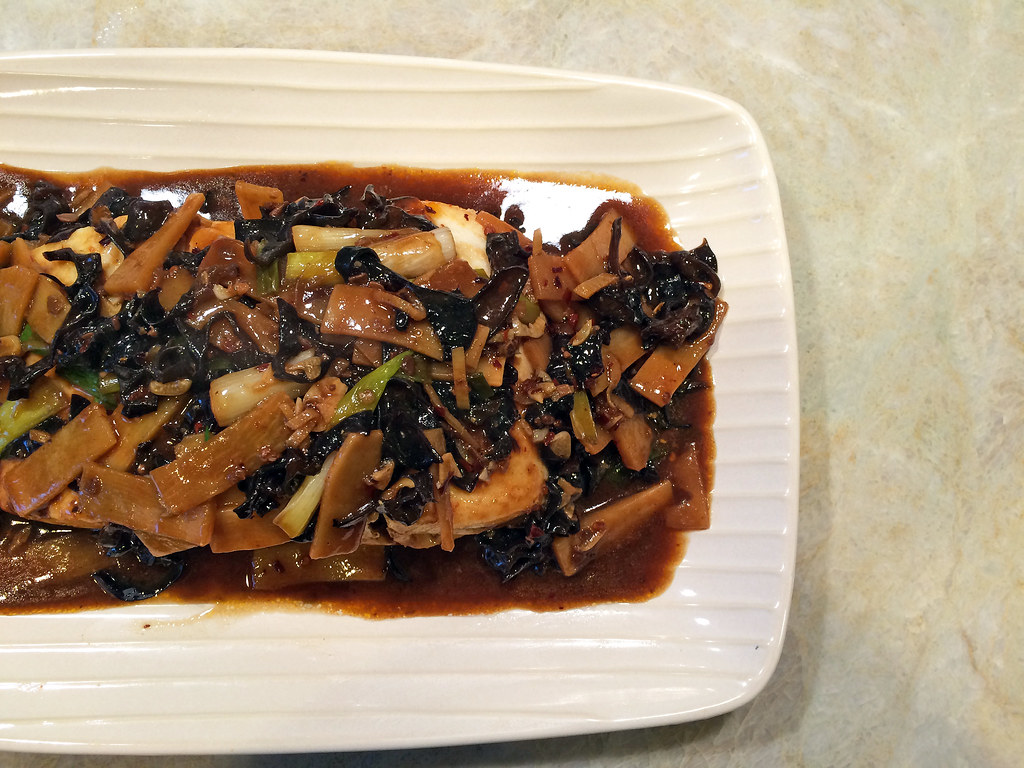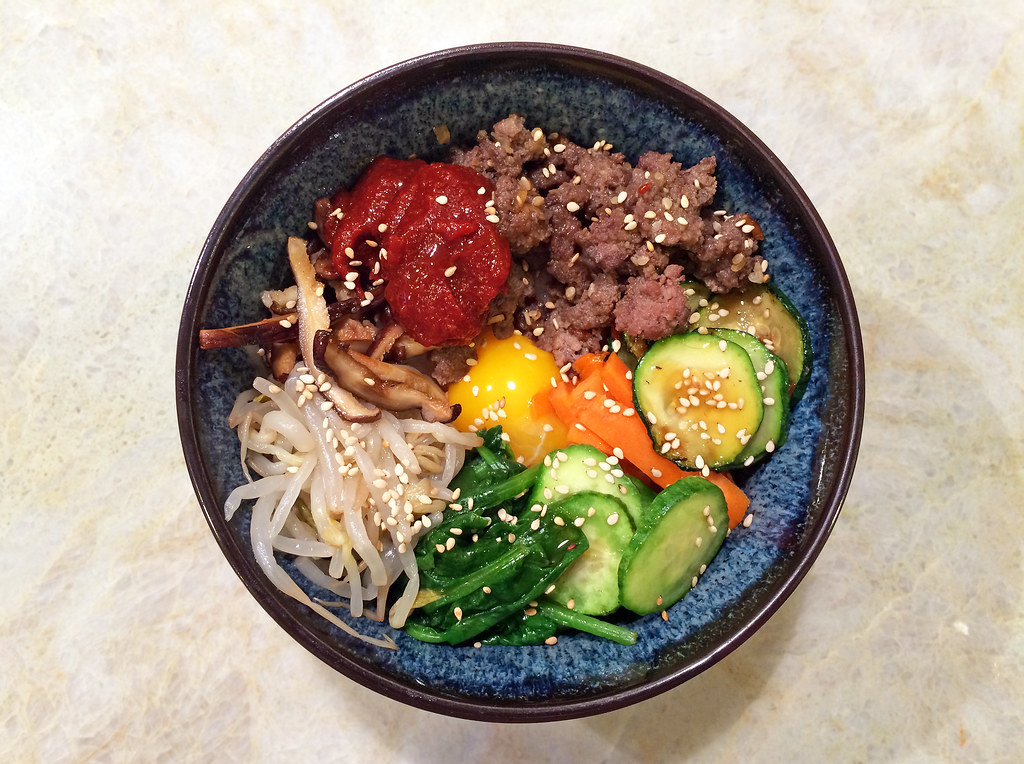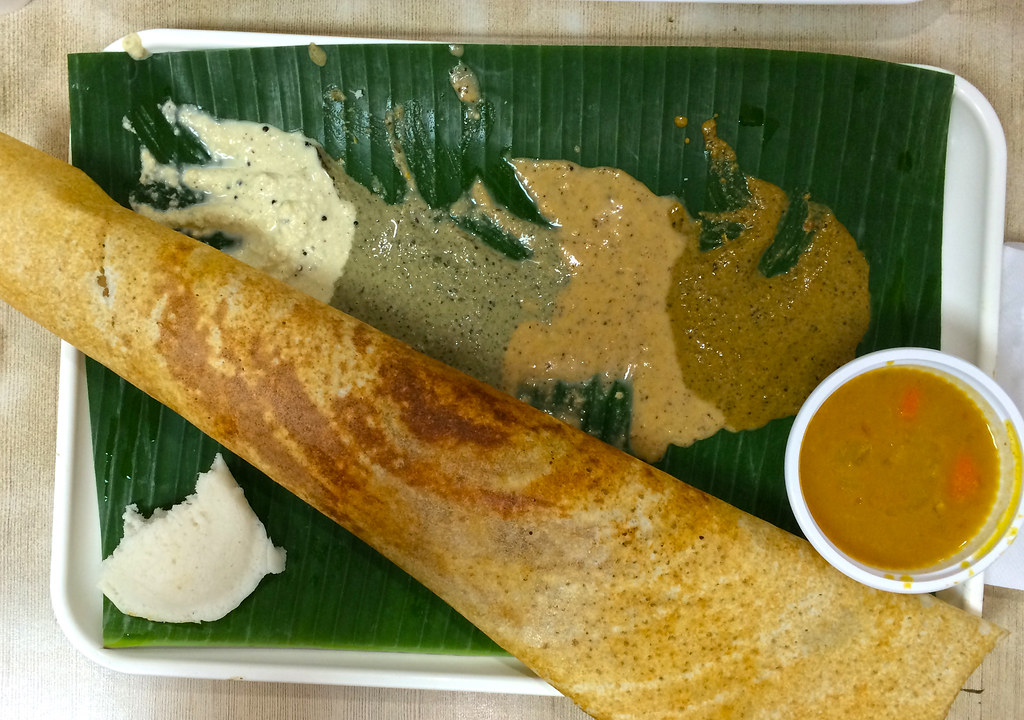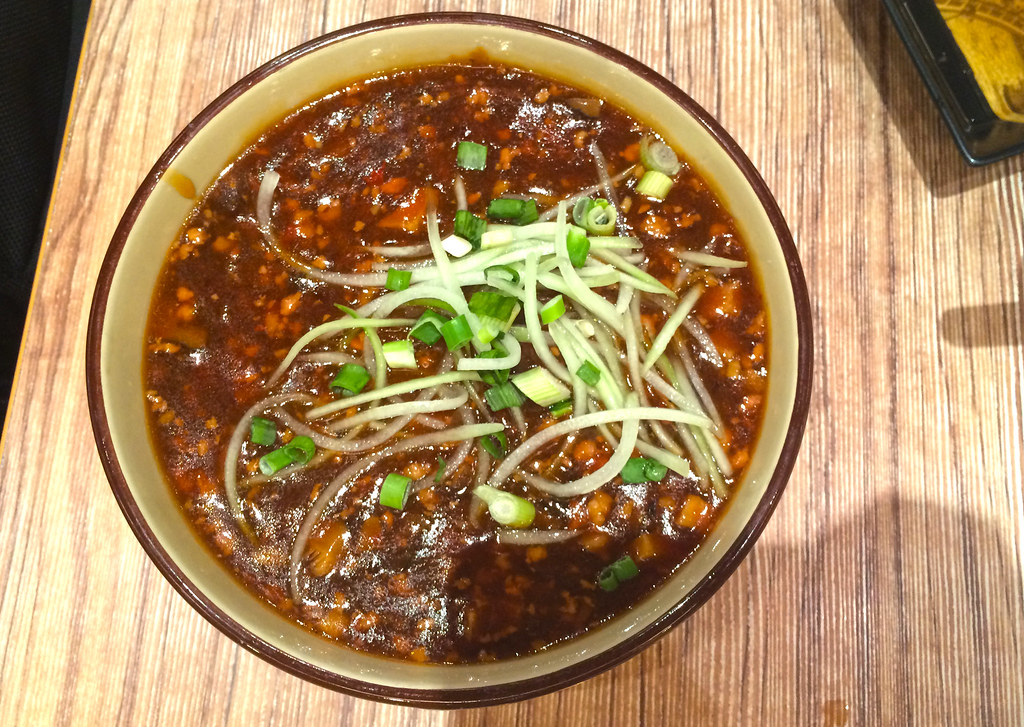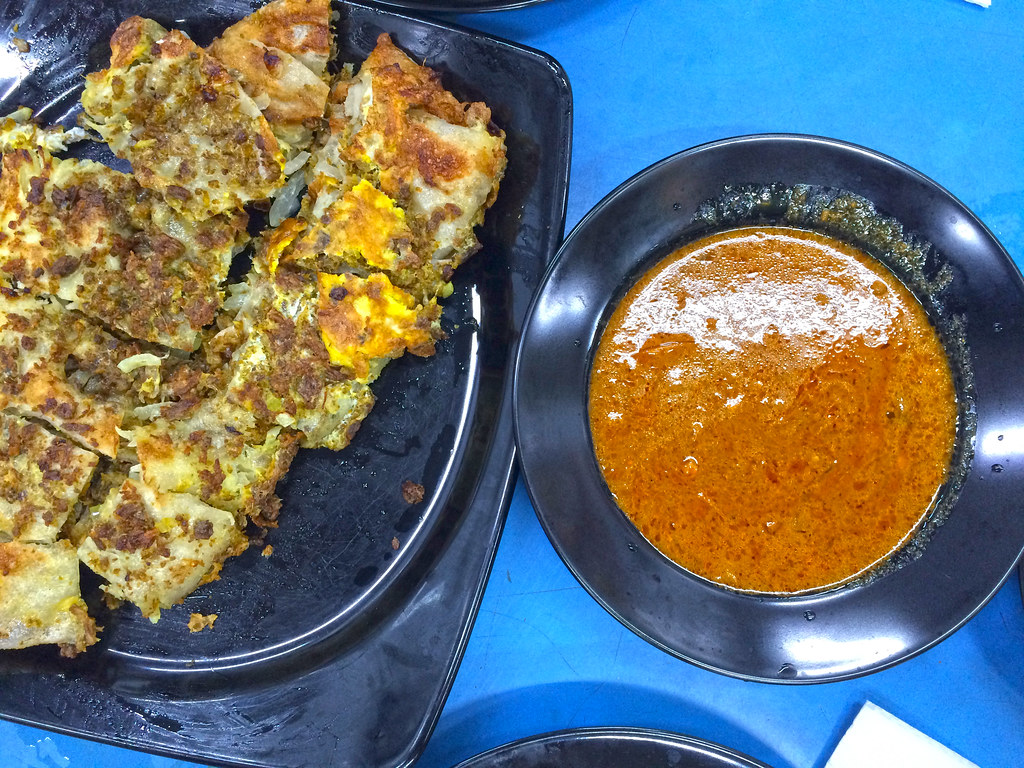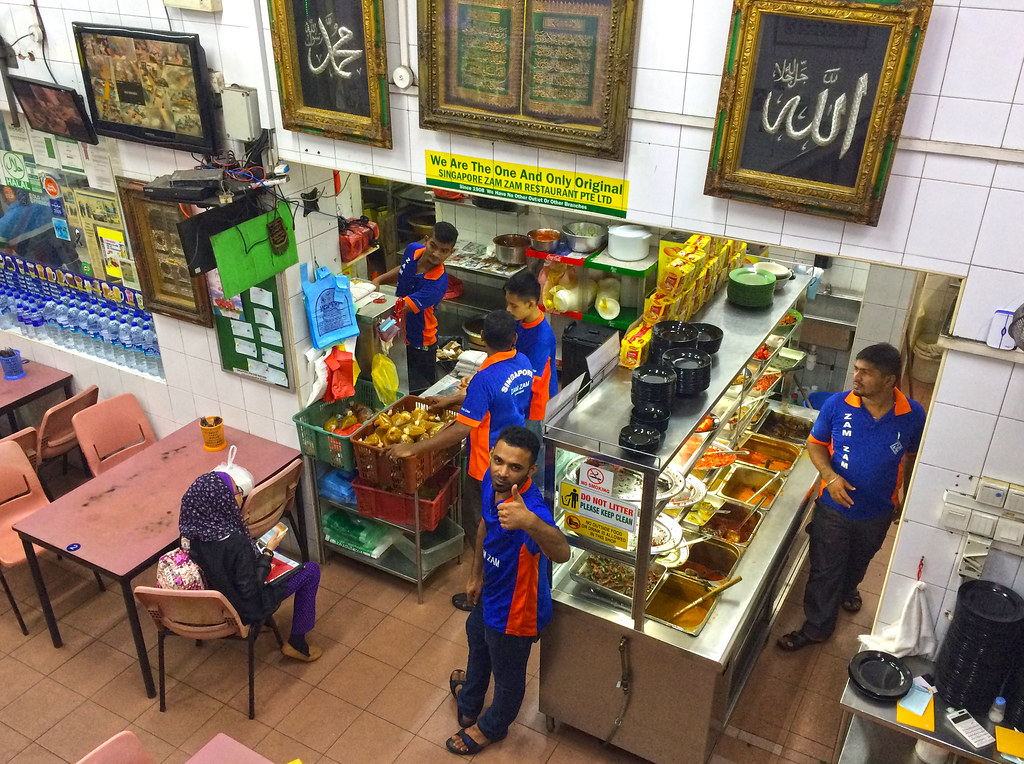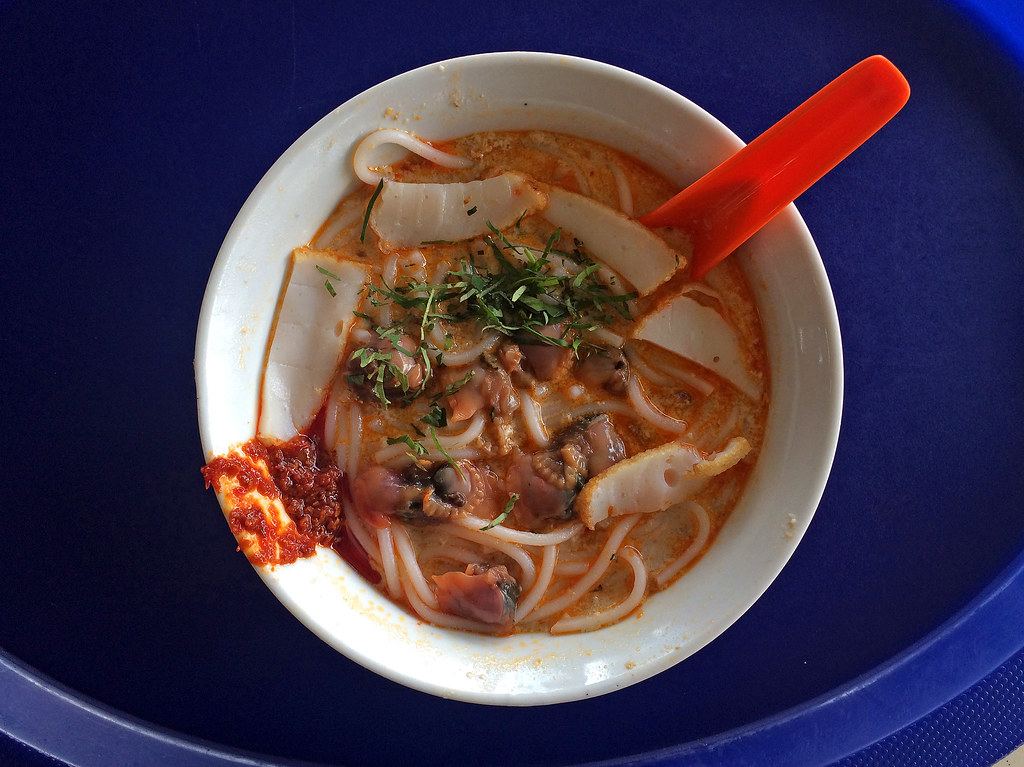Gimme all the wood ear mushrooms. Dried or fresh, in soups or stir-fries, their crunchy-yet-slippery mouthfeel adds texture to any dish. In this entree, juicy, flaky halibut pairs perfectly with wood ear mushrooms and bamboo shoots in a savory sauce redolent with garlic, ginger, and green onions.
Ingredients:
1/3 cup fish stock or chicken stock
3 tablespoons Chinese rice wine
2 tablespoons soy sauce
1 tablespoon sesame oil
1 teaspoon brown bean sauce
1 teaspoon sugar
1 teaspoon chili bean sauce (tobanjan)
1/2 teaspoon salt
1 1/2 pounds halibut or sea bass steaks
3 tablespoons vegetable oil
1 cup sliced bamboo shoots
1 cup fresh wood ear mushrooms, cut into thin strips
4 green onions, trimmed and cut into 2-inch lengths
6 quarter-sized slices peeled ginger, cut into thin strips
3 garlic cloves, thinly sliced
1 teaspoon cornstarch, dissolved in 1 tablespoon water
1. Prepare the seasonings: stir the fish stock, rice wine, soy sauce, sesame oil, brown bean sauce, sugar, and chili bean sauce in a small bowl and set aside.
2. Sprinkle the salt over the fish and let stand for 10 minutes.
3. Heat a wok over high heat until hot. Add 2 tablespoons of the oil and slide the fish into the wok and pan-fry, turning once, until golden brown, about 3 minutes per side. Once the skin is firm, carefully transfer the fish to a plate.
4. Return the wok to high heat and add the remaining 1 tablespoon oil. Add the bamboo shoots, mushrooms, green onions, ginger, and garlic and cook, stirring, until fragrant, about 30 seconds. Add the seasonings and bring to a boil.
5. Return the fish to the wok and bring to a boil. Adjust the heat so the seasonings are simmering, cover the wok, and simmer until the fish is cooked through, about 10 minutes. Turn the fish once during cooking. Remove the fish from the wok and place on a platter.
6. Stir the dissolved cornstarch into the sauce and cook, stirring 30 seconds to 1 minute. Spoon the sauce over the fish and serve.

